Where are Most Garments Manufactured
Curious about where most of your clothes come from? Discover the top countries that manufacture garments in this informative article.
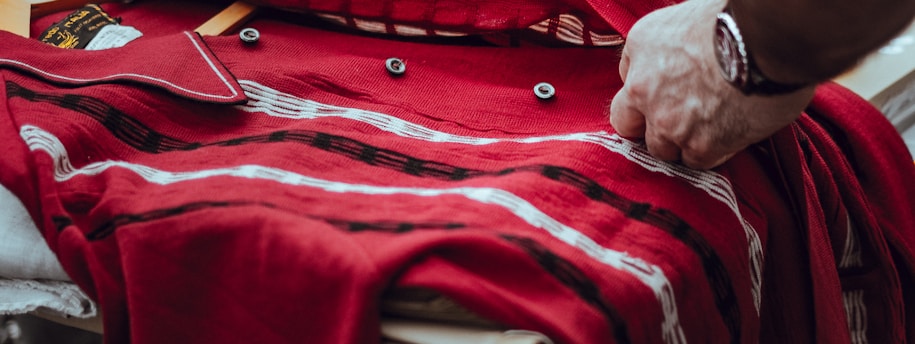
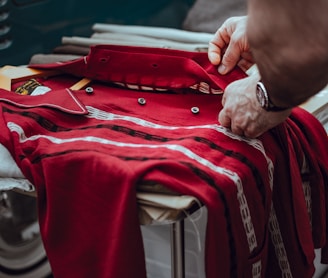
Introduction
Have you ever stopped to think about where your clothes come from? Most likely, your wardrobe contains garments from all over the world. However, there are certain countries that dominate the garment manufacturing industry, producing clothing for people all over the globe. In this article, we'll explore the top countries where most garments are manufactured.
The Top Countries Where Most Garments Are Manufactured
China
Bangladesh
Vietnam
India
Turkey
Indonesia
Pakistan
Mexico
Cambodia
Sri Lanka
Let's take a closer look at each of these countries.
1. China


China is the undisputed leader in garment manufacturing. The country has a well-developed textile industry, and its factories produce everything from cheap t-shirts to high-end designer clothes. In fact, China's clothing exports are responsible for producing about 35% of the world's garments.
2. Bangladesh

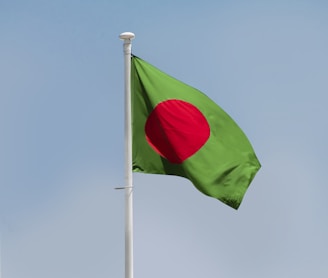
Bangladesh is another major player in the garment manufacturing industry. The country's low labour costs and abundance of cheap raw materials make it an attractive destination for clothing manufacturers. Bangladesh is the second-largest exporter of clothing in the world and the industry employs over 4 million people in the country.
3. Vietnam


Vietnam is a rising star in the garment manufacturing industry. The country has a growing textile industry, and its factories produce clothing for many major brands. Vietnam is known for producing high-quality garments at a lower cost than many other countries.
4. India
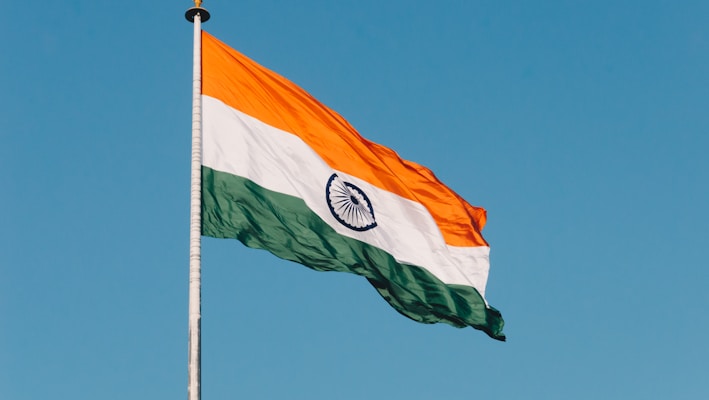

India has a long history of textile production, and the country is home to many skilled workers and textile mills. India is a major exporter of cotton garments, and its factories produce everything from t-shirts to traditional Indian clothing. The country is the third-largest exporter of clothing in the world.
5. Turkey


Turkey is a major player in the textile industry, and its factories produce a wide range of garments, from denim jeans to high-end suits. The country is known for its high-quality clothing, and many major brands source their products from Turkish manufacturers.
6. Indonesia

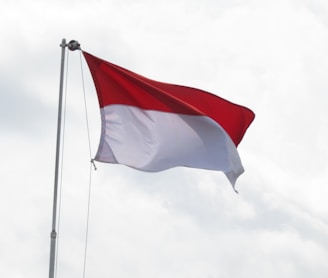
Indonesia is a major textile producer, and its factories produce everything from casual wear to formal attire. The country's skilled workers and low labour costs make it an attractive destination for clothing manufacturers.
7. Pakistan
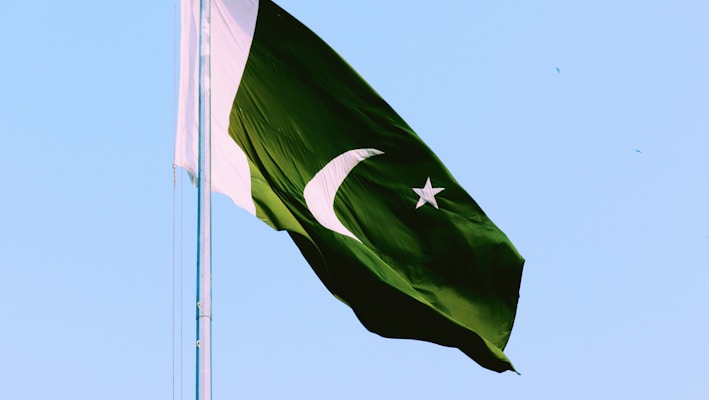
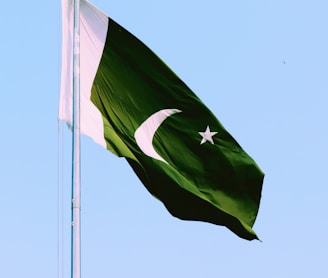
Pakistan has a growing textile industry, and its factories produce a wide range of garments for both domestic and international markets. The country is known for its high-quality cotton products, and Pakistan's clothing exports are a major contributor to the country's economy.
8. Mexico
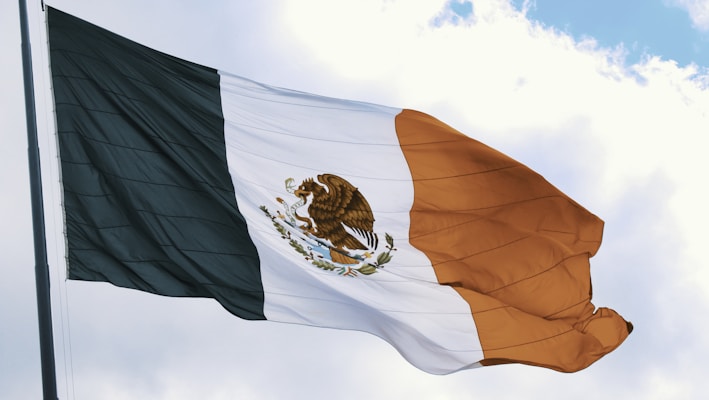

Mexico is a major garment producer, and its factories produce a wide range of clothing for both domestic and international markets. The country is known for its low labor costs and proximity to the United States, which makes it an attractive destination for clothing manufacturers.
9. Cambodia

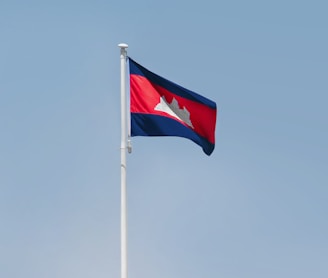
Cambodia is a developing country with a growing garment manufacturing industry. The country's low labour costs and favourable trade agreements with other countries make it an attractive destination for clothing manufacturers. Cambodia is known for producing casual wear, sportswear, and other types of clothing.
10. Sri Lanka


Sri Lanka is a small country with a growing textile industry. The country's factories produce a wide range of clothing, from casual wear to formal attire. Sri Lanka is known for its high-quality garments and skilled workforce.
Conclusion
In conclusion, the top countries where most garments are manufactured are China, Bangladesh, Vietnam, India, Turkey, Indonesia, Pakistan, Mexico, Cambodia, and Sri Lanka. These countries have well-developed textile industries and low labour costs, making them attractive destinations for clothing manufacturers. While there are concerns about the ethics of garment manufacturing in developing countries and the environmental impact of the industry, consumers can take steps to support ethical and sustainable practices. By doing research, buying secondhand clothing, and reducing waste, consumers can make a positive impact on the garment manufacturing industry.
